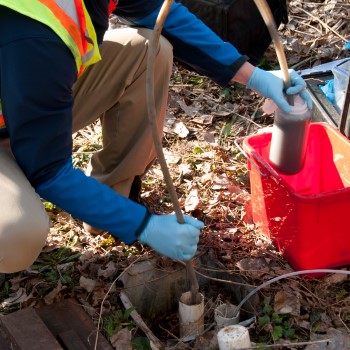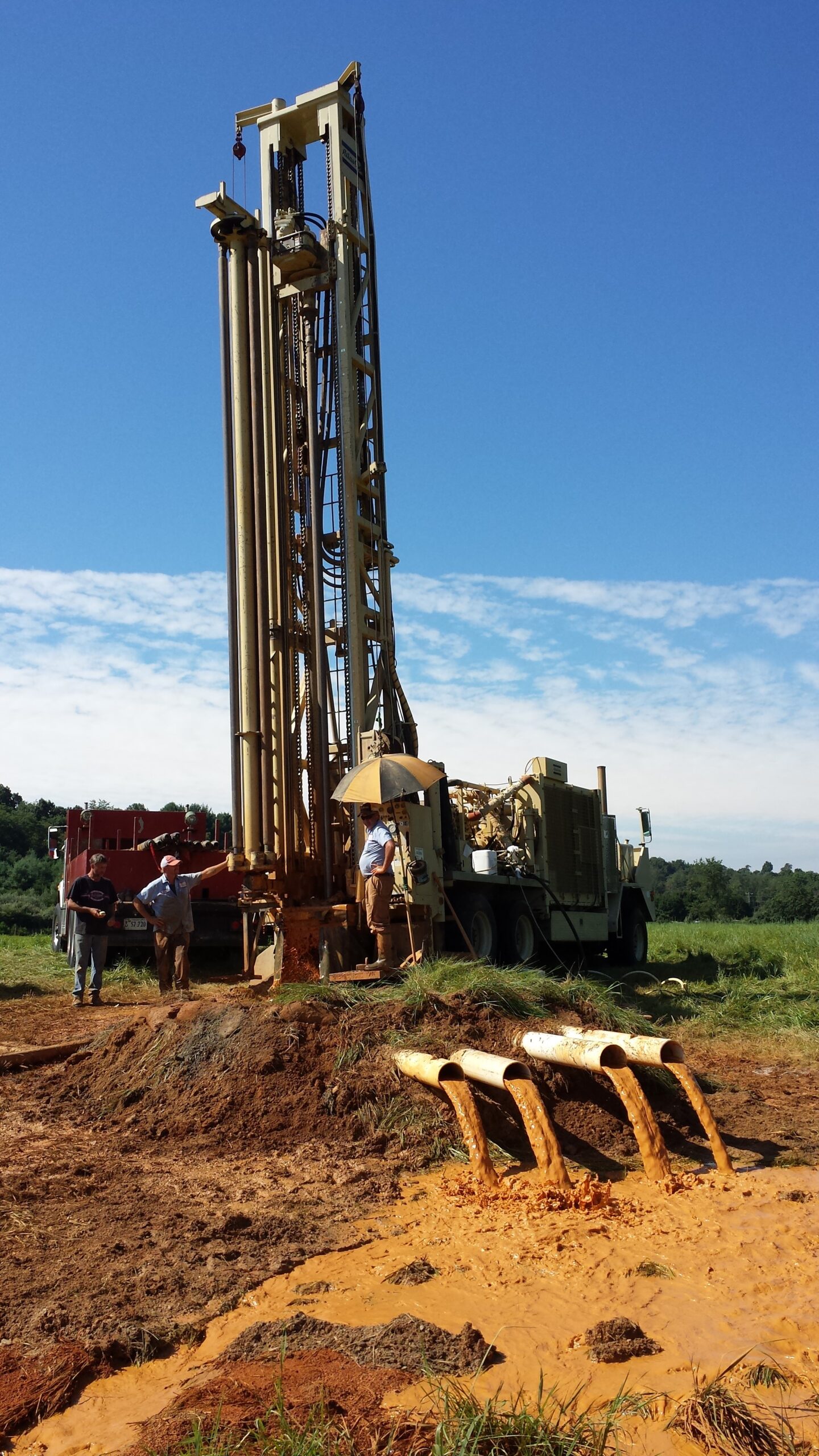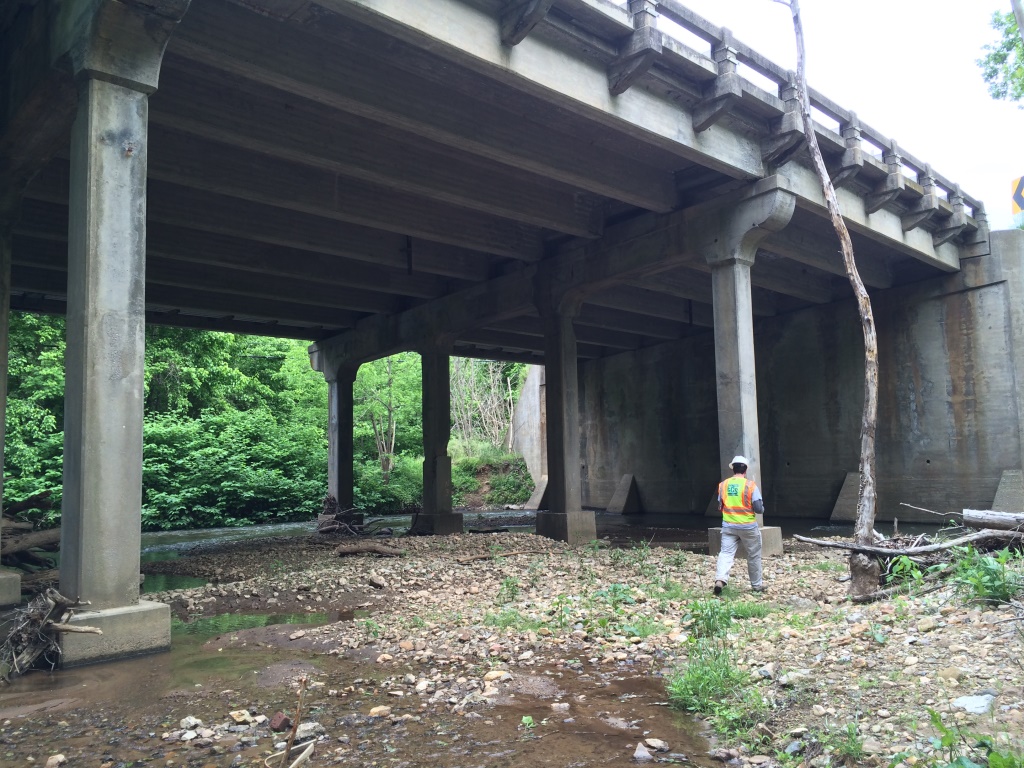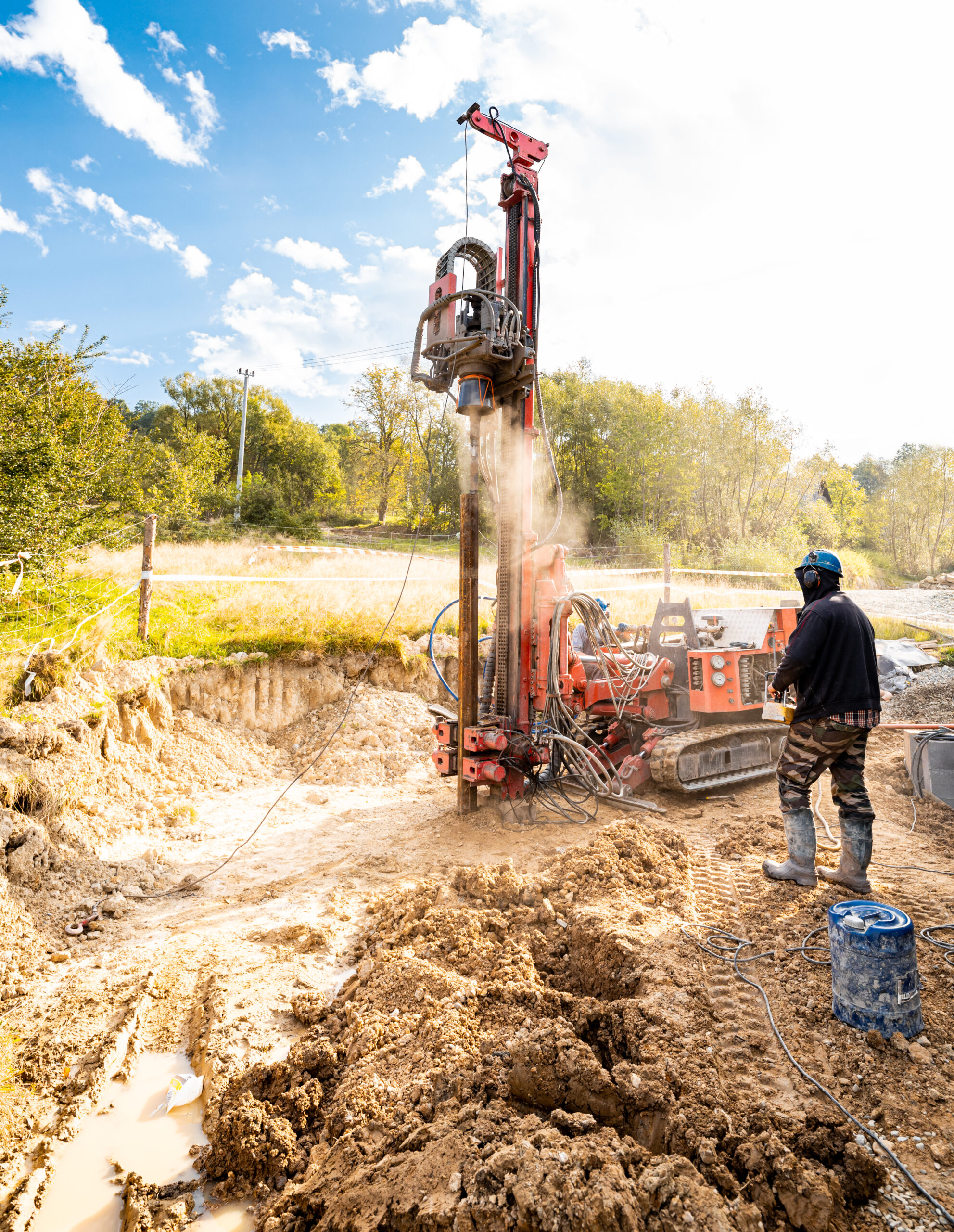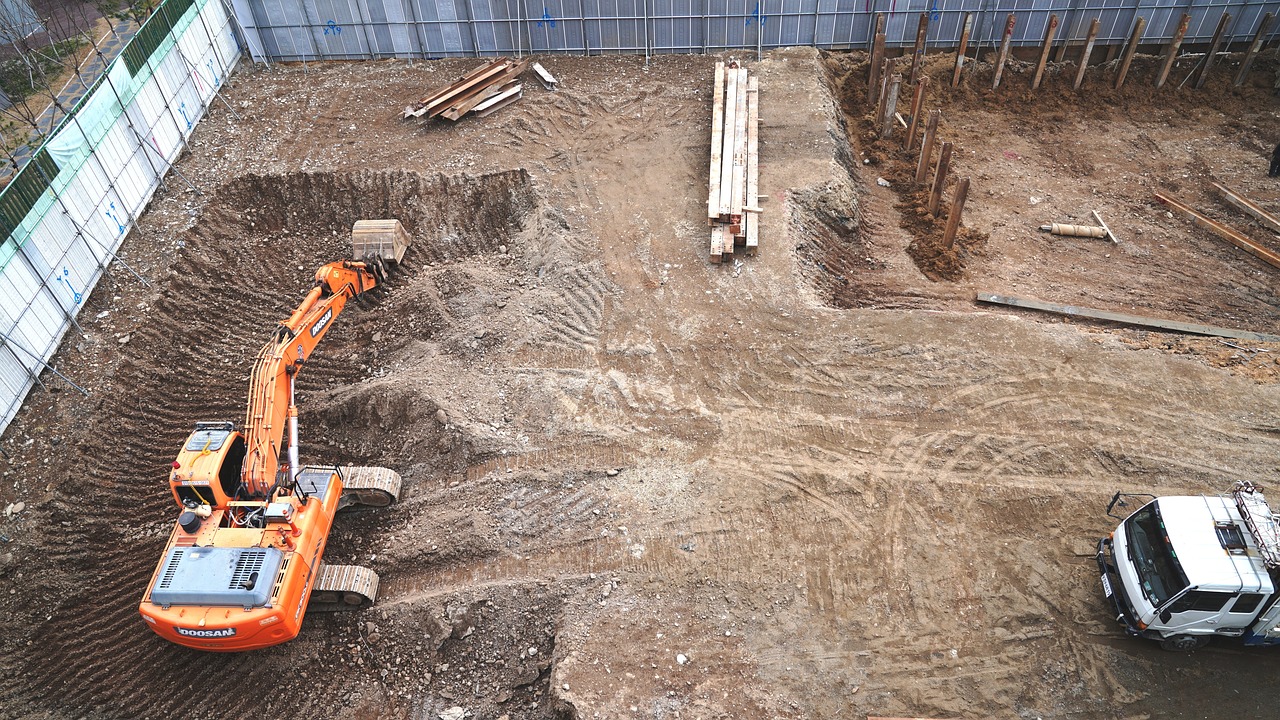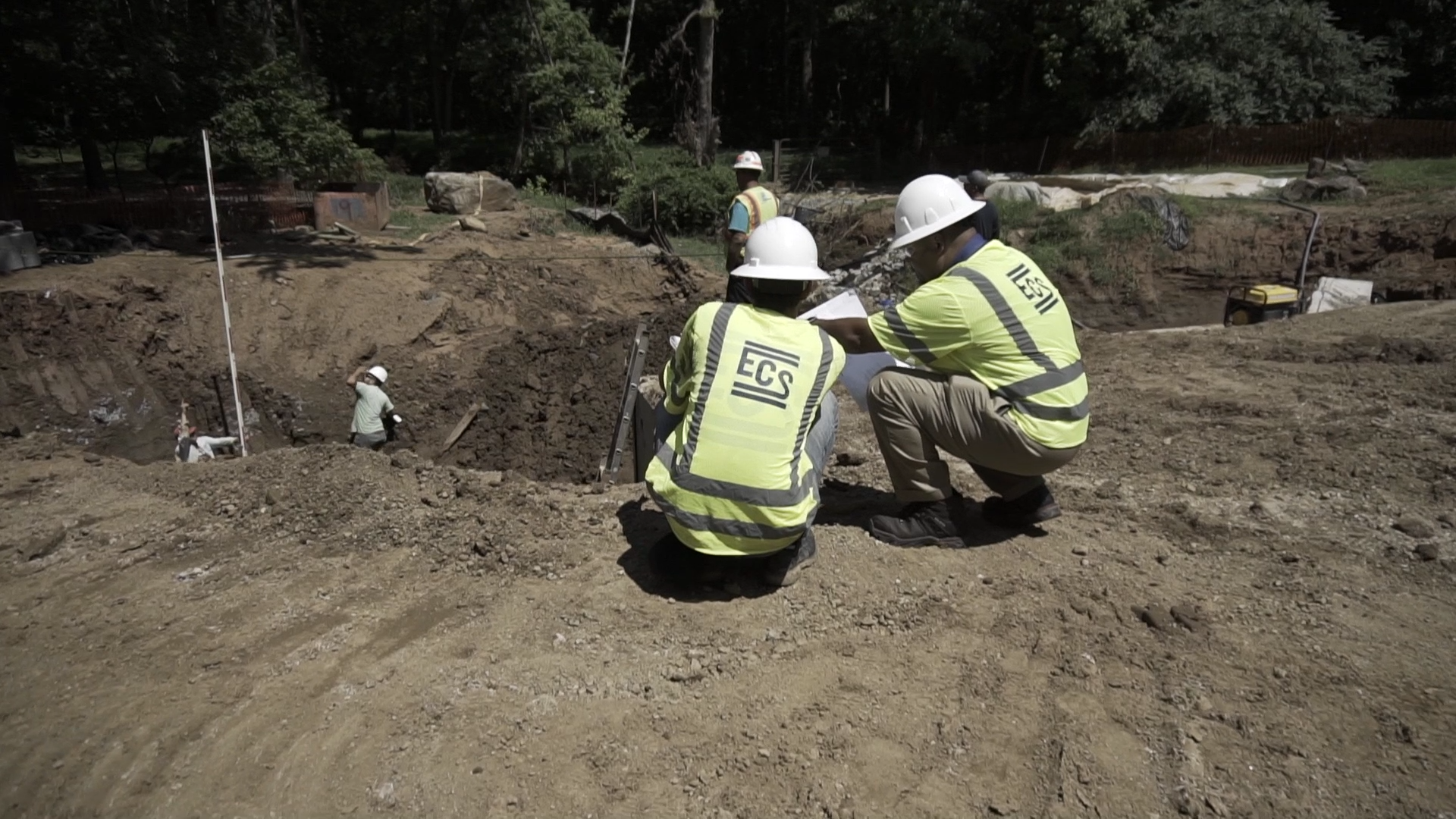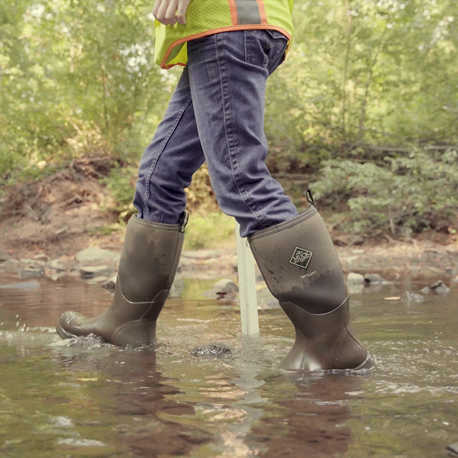Types of Environmental Due Diligence Services Offered by ECS
There are several types of environmental due diligence services.
Phase I Environmental Site Assessments
Phase I environmental site assessments (ESAs) fall under the TEDD umbrella. The primary purpose of this type of study is to evaluate whether property use has produced soil or groundwater contamination that could pose a risk to humans or the surrounding environment.
A Phase I ESA generally includes a site visit, condition observation, and review of the relevant laws and historic use records. The engineer may then recommend additional testing depending on the findings.
Phase II Environmental Site Assessments
Phase II ESAs also fit the TEDD categorization. These studies can help reveal hazardous substances on the subject property. A Phase II assessment often serves as a follow-up to a Phase I ESA that uncovered potential risks requiring more exploration.
The American Society of Testing and Materials (ASTM) provides a testing framework for Phase II ESAs. Following these guidelines can enhance compliance with federal and state laws.
Wetlands Evaluations
Wetlands assessments are a type of NREDD study. They help identify properties and site areas that may fall under conservation restrictions.
When an engineer finds these locations or properties, they prepare a wetland delineation to show the subject areas. They then forward the information to the U.S. Army Corps of Engineers, who can decide whether the property is adequate for building and issue any required permits.
Types of Environmental Due Diligence Services Offered by ECS
There are several types of environmental due diligence services.
Phase I Environmental Site Assessments
Phase I environmental site assessments (ESAs) fall under the TEDD umbrella. The primary purpose of this type of study is to evaluate whether property use has produced soil or groundwater contamination that could pose a risk to humans or the surrounding environment.
A Phase I ESA generally includes a site visit, condition observation, and review of the relevant laws and historic use records. The engineer may then recommend additional testing depending on the findings.
Phase II Environmental Site Assessments
Phase II ESAs also fit the TEDD categorization. These studies can help reveal hazardous substances on the subject property. A Phase II assessment often serves as a follow-up to a Phase I ESA that uncovered potential risks requiring more exploration.
The American Society of Testing and Materials (ASTM) provides a testing framework for Phase II ESAs. Following these guidelines can enhance compliance with federal and state laws.
Wetlands Evaluations
Wetlands assessments are a type of NREDD study. They help identify properties and site areas that may fall under conservation restrictions.
When an engineer finds these locations or properties, they prepare a wetland delineation to show the subject areas. They then forward the information to the U.S. Army Corps of Engineers, who can decide whether the property is adequate for building and issue any required permits.




